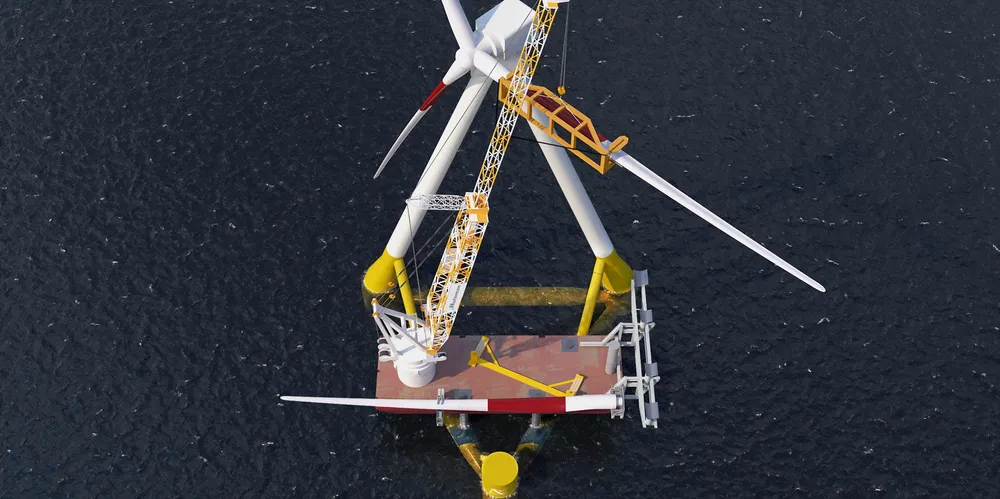Fred Olsen floats novel crane-barge to 'halve time' for Brunel turbine swap-outs at sea
Brunel Maintenance Solution promises to 'significantly' speed up operations using barge that attaches to floating wind platform for gearbox, generator and blade exchanges, instead of towing platform to port for repair
